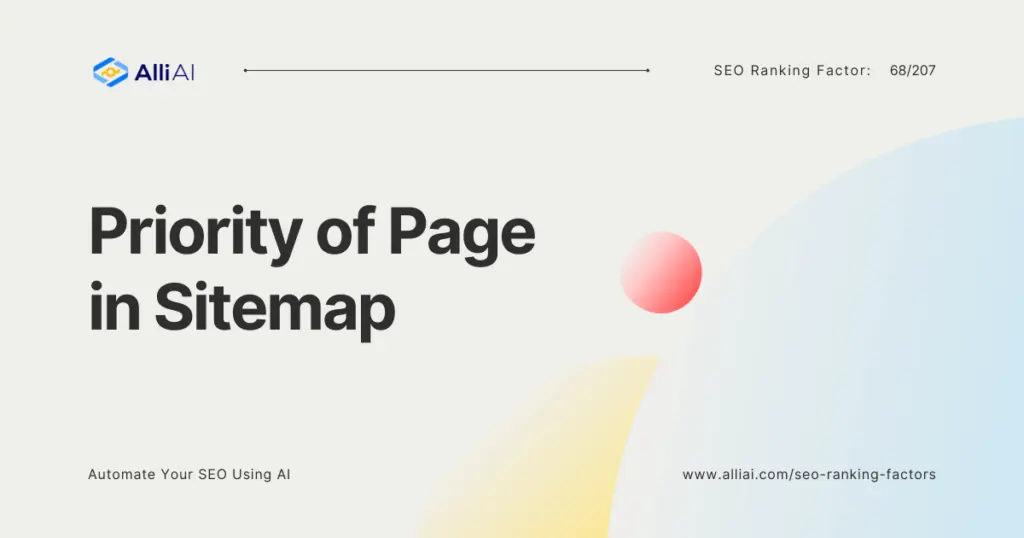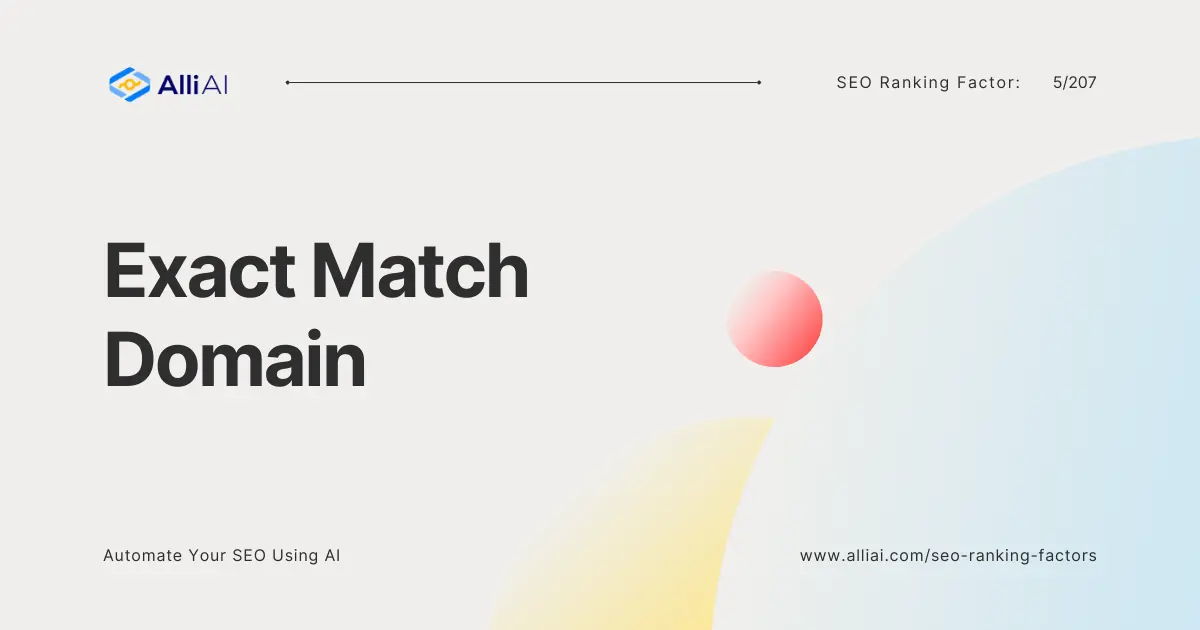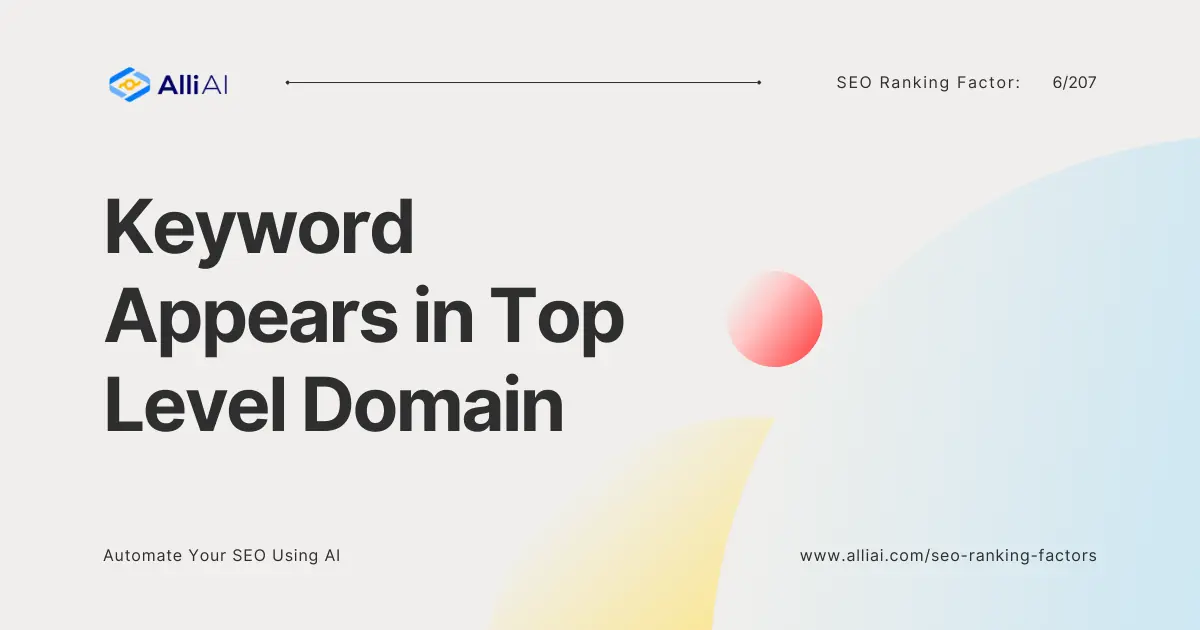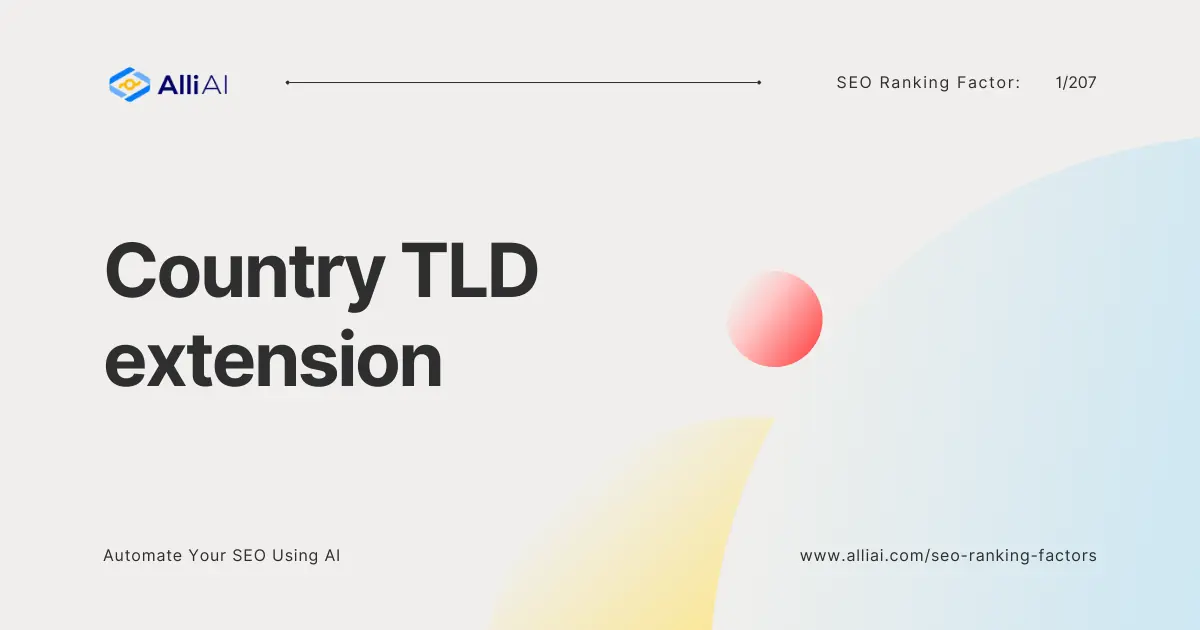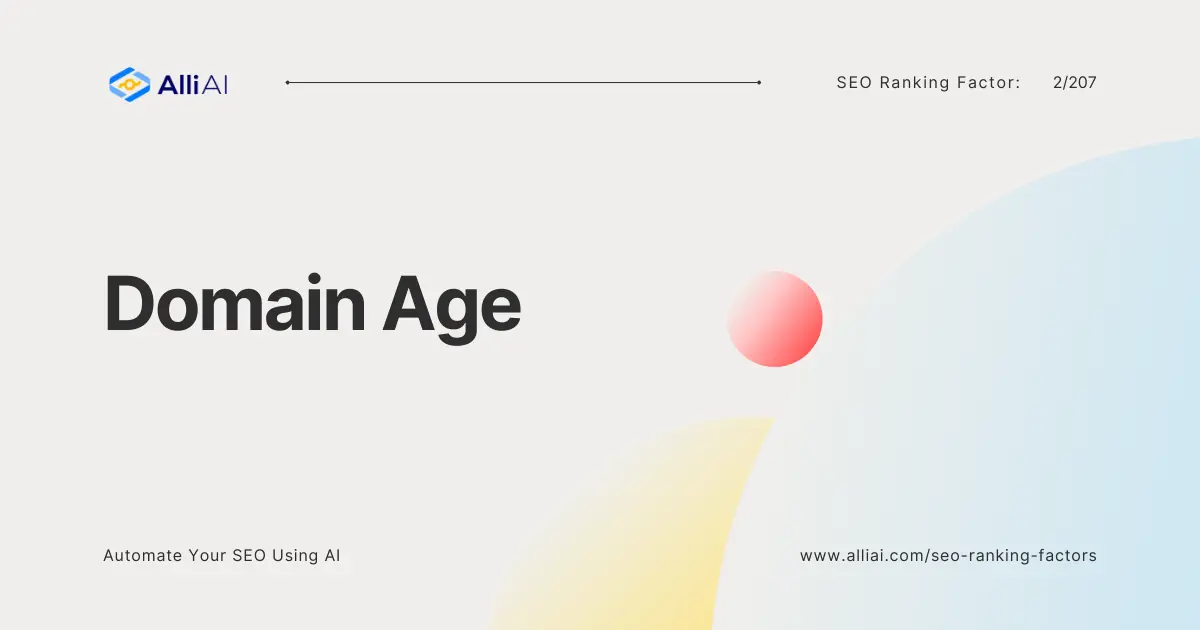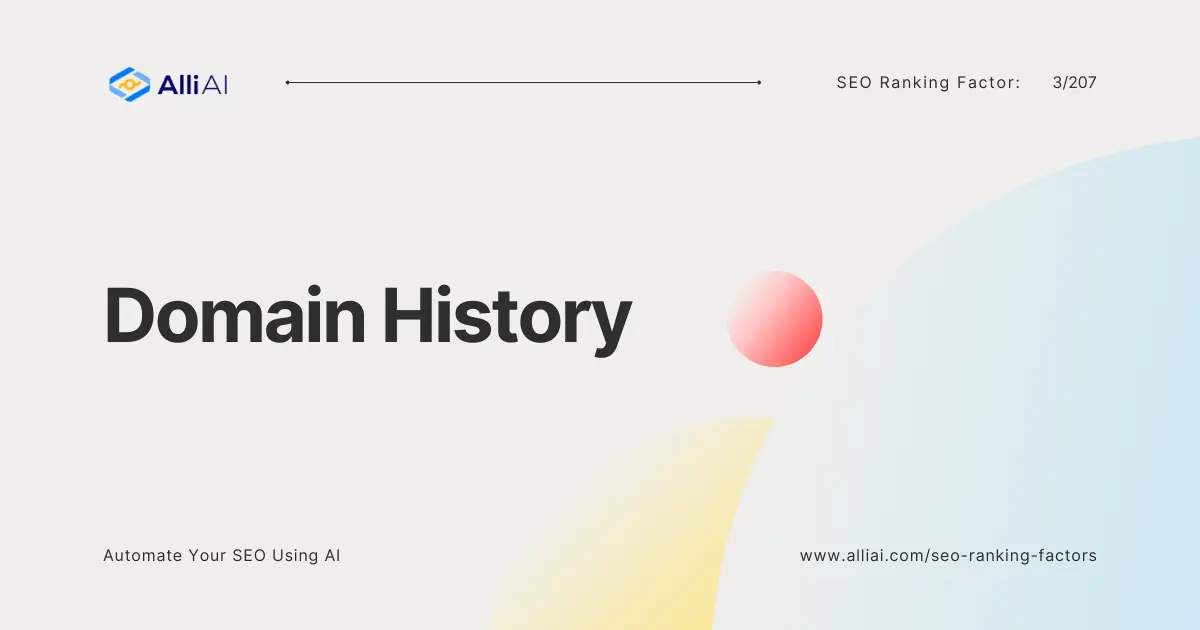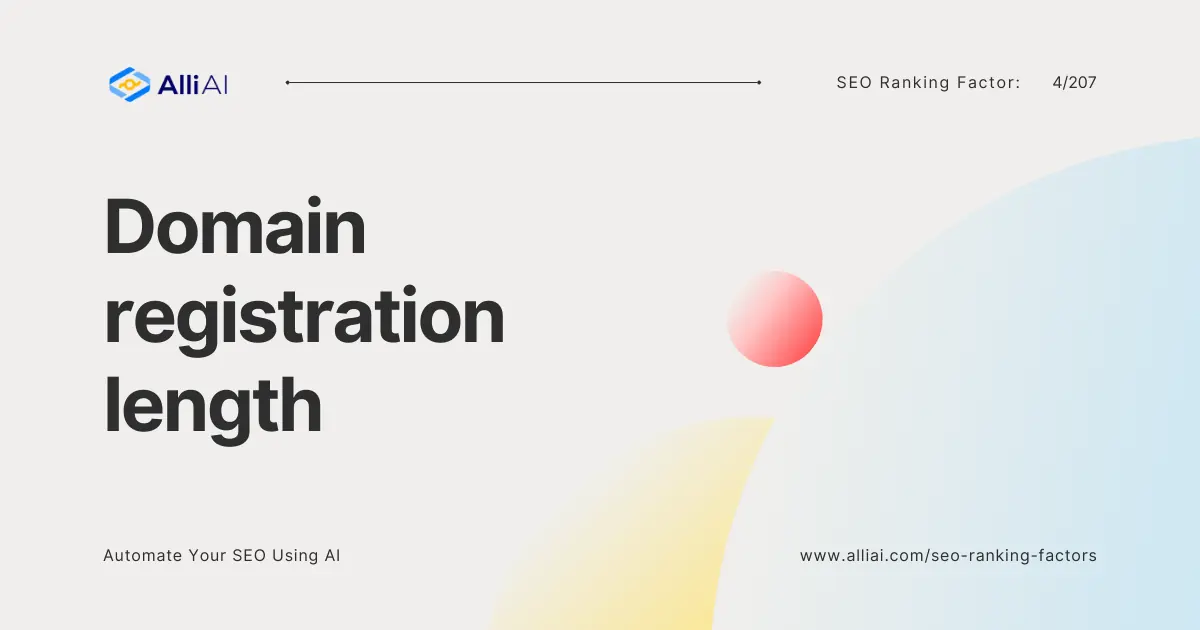What is Priority of Page in Sitemap?
The “Priority of Page in Sitemap” is an XML sitemap attribute that signals to search engines the relative importance of pages on a website. This value provides a suggestion to search engines like Google regarding the relative importance of each page within your website’s structure. However, it’s crucial to remember that search engines don’t strictly adhere to this priority; it’s merely one factor among many that influence crawling and indexing decisions.
Think of a library with thousands of books. The librarian (search engine) wants to organize them in a manner that allows visitors to find the most important or popular books easily. The “Priority of Page in Sitemap” is akin to the librarian’s method of prioritizing which books (web pages) should be most accessible based on a set value, ensuring visitors find the most relevant information quickly.
Technical Overview
A sitemap is an XML file where each URL is listed along with additional metadata about each URL which includes the priority tag. Here’s a simple example of how this appears in XML format:
<url>
<loc>http://www.example.com/</loc>
<lastmod>2023-05-01</lastmod>
<changefreq>daily</changefreq>
<priority>1.0</priority>
</url>
Why is Priority of Page in Sitemap Important in SEO?
While Google has stated that the priority tag does not impact rankings directly, understanding and setting this tag is crucial for optimal website crawling and indexation, especially for large websites. It ensures that critical pages receive attention faster, potentially affecting how quickly content appears in search results.
How Priority of Page in Sitemap Affects SEO?
While not a direct ranking signal, the “Priority of Page in Sitemap” tag primarily influences crawl efficiency. Here’s how:
- Guidance for Search Engines: It provides search engines with a hierarchy of your content, suggesting which pages you deem most important.
- Prioritizing Fresh Content: For newly published or frequently updated pages that you want indexed quickly, a higher priority (e.g., 0.8 or 0.9) can signal to crawlers to check them out sooner.
- Crawl Budget Optimization: Large websites with extensive content benefit from strategic priority assignments. It helps ensure search engines spend their crawl budget (the number of pages they crawl on your site in a given period) on the most crucial areas.
Misconceptions and Strategic Use
There’s a common misconception that the priority tag boosts page rankings directly. However, its real benefit lies in managing crawler resources effectively—known as crawl budget optimization. Incorrect use, such as marking all pages with a high priority, may dilute the effectiveness of this tool.
Guidelines for Assigning Priority
Determining the correct priority involves understanding your site’s content structure and business goals:
- Homepage and Main Sections: Typically set at 1.0, as these are central to the site’s navigation.
- Highly Dynamic Pages: Such as news articles or blog posts that are frequently updated might warrant a higher priority than static pages.
- Deeply Nested Pages: Lower priority unless they hold significant standalone value or completion of critical user pathways.
Important Considerations
- Search Engine Discretion: Google and other search engines use numerous factors to determine crawling and indexing order. The priority tag in your sitemap is a suggestion, not a guarantee.
- Priority vs. Change Frequency: The
changefreqtag in sitemaps indicates how often a page’s content changes. Setting a high priority along with a ‘daily’changefreqis a stronger signal to crawlers than simply using priority alone. - Don’t Overcomplicate: Overzealous priority assignment can dilute results. Prioritize the most significant content sections on your website.
FAQ
How do I determine the correct priority for each page?
The correct priority is subjective and depends on the structure and goals of your website. Typically, your homepage would have the highest priority (1.0), with priority decreasing for other pages based on how crucial they are to your site’s purpose and user experience.
Can setting a priority for pages in my sitemap affect my website negatively?
Incorrect usage of the priority tag (e.g., marking all pages as high priority) may dilute its purpose and offer little to no benefit in terms of SEO. However, thoughtfully assigning priority based on the importance of pages is unlikely to have negative effects and can aid in more efficient site indexing.
Should every page have a priority value?
While it’s not mandatory for every page to have a priority value, providing this information where applicable helps search engines better understand your site structure. Default priority is assumed to be 0.5 if not specified.
Conclusion
The “Priority of Page in Sitemap” might not be the most talked-about aspect of SEO, but its role in enhancing website crawling and indexation efficiency cannot be ignored. By judiciously using this tool to communicate the relative importance of pages to search engines, you can subtly influence how your site content is prioritized and accessed. While the priority tag alone won’t catapult you to the top of search results, in the grand scheme of SEO, every small optimization contributes to the greater goal of achieving visibility, relevance, and ultimately, success in the digital space.
